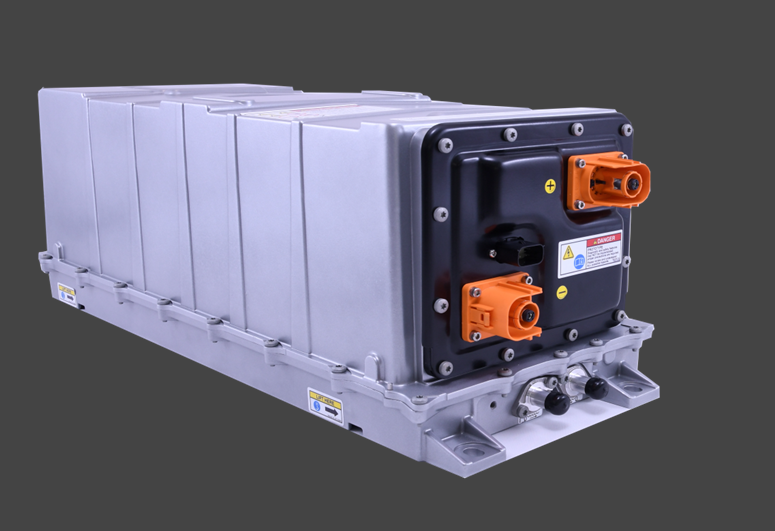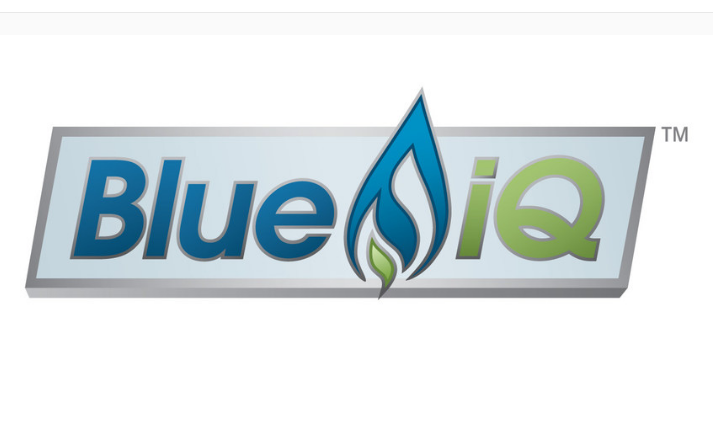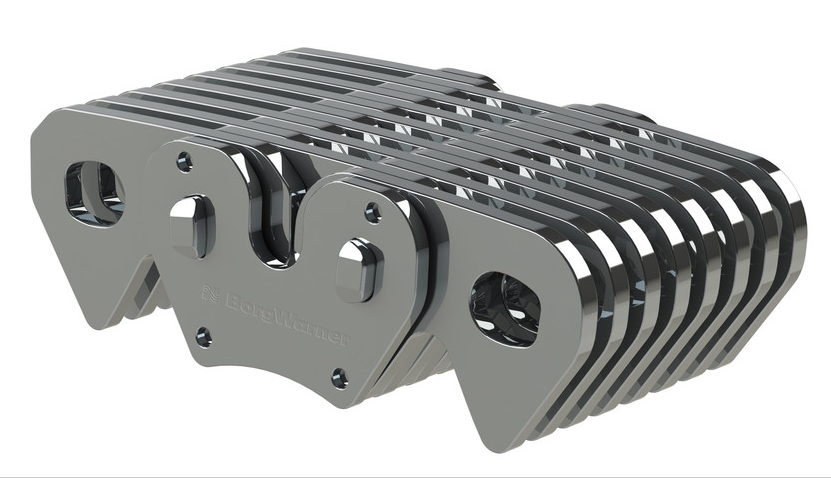According to a new study from global research company Frost & Sullivan, the total market for range extenders – the technologies that enable electric vehicles (EVs) to achieve a longer driver range on a single charge – will exceed 325,000 units annually by 2018.
The inability to provide long range in a single charge has been a major challenge for the EV market and hampered the number of early adopters for EVs, the company says. Range-extender technology helps overcome this challenge, but the market for range extenders is nascent and currently limited to one extended-range EV.
However, more than 14 models are expected to be available by 2018, Frost & Sullivan says. At that time, EVs will be equipped with different applications, such as internal combustion engine range extenders, fuel-cell range extenders and micro-gas turbine range extenders. Internal combustion range extenders are expected to be the most widely used technology, with an estimated market share of 77% globally by 2018.
‘Range extender technologies overcome the major challenge of range anxiety and extended times taken to charge by generating onboard electricity with the help of different technologies, such as internal combustion engines, fuel-cell stacks and micro-gas turbines,’ says Frost & Sullivan's Prajyot Sathe.
An extended-range EV consumes very little fuel, as the primary function of the internal combustion engine, fuel cell or micro-gas turbine is recharging the battery rather than powering the wheels. Therefore, the extra miles are added at minimal cost.
‘The integration of range extenders in EVs will result in more than 50 percent reduction in emissions and significant fuel savings,’ Sathe adds. ‘There is a major focus on engine downsizing, which will help lower costs and lead to exponential calibration and optimization complexity, as the same level of detail and features can be retained even though the vehicle is downsized.’
The market for range extenders is expected to develop at a rapid rate, as major OEMs have models lined up to be launched within the next three years. Moreover, fuel-cell vehicles are expected to be commercialized by 2015. Such trends will have a positive ripple effect on the uptake of extended-range technologies, the company says.






